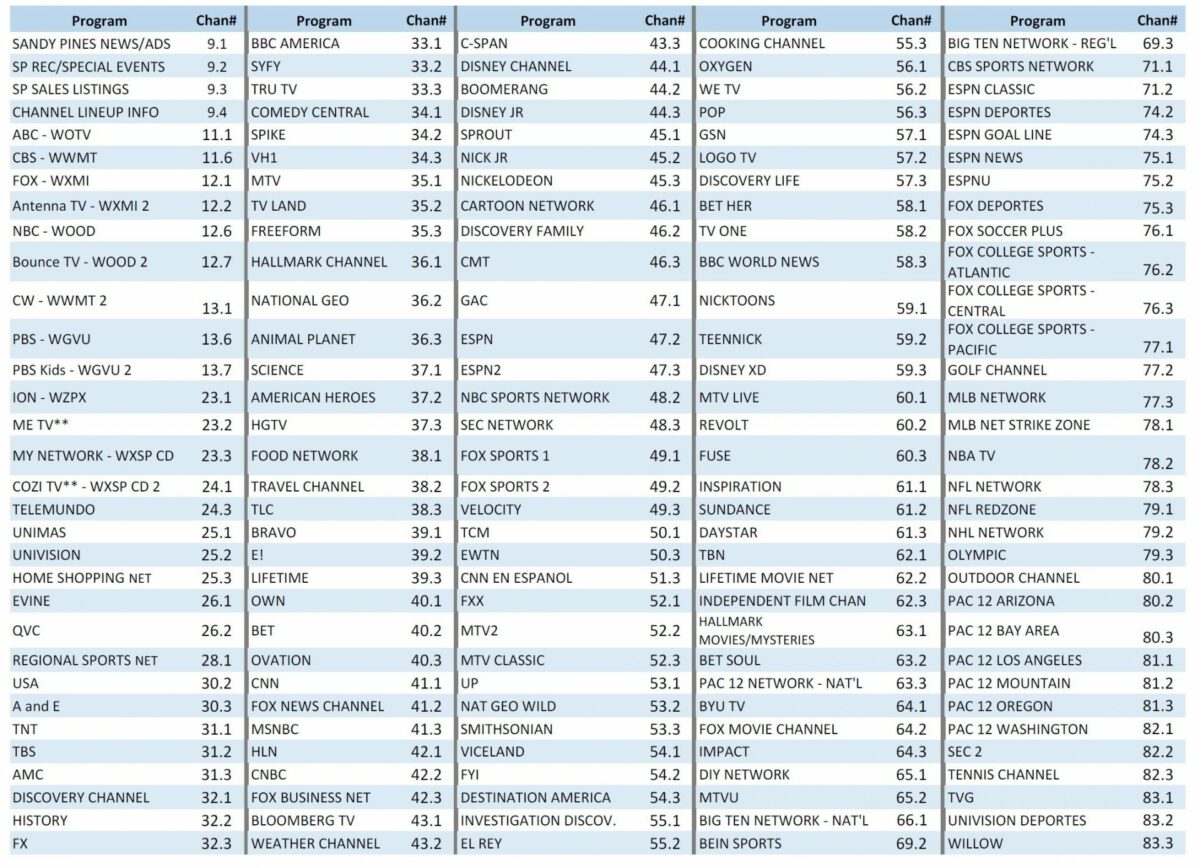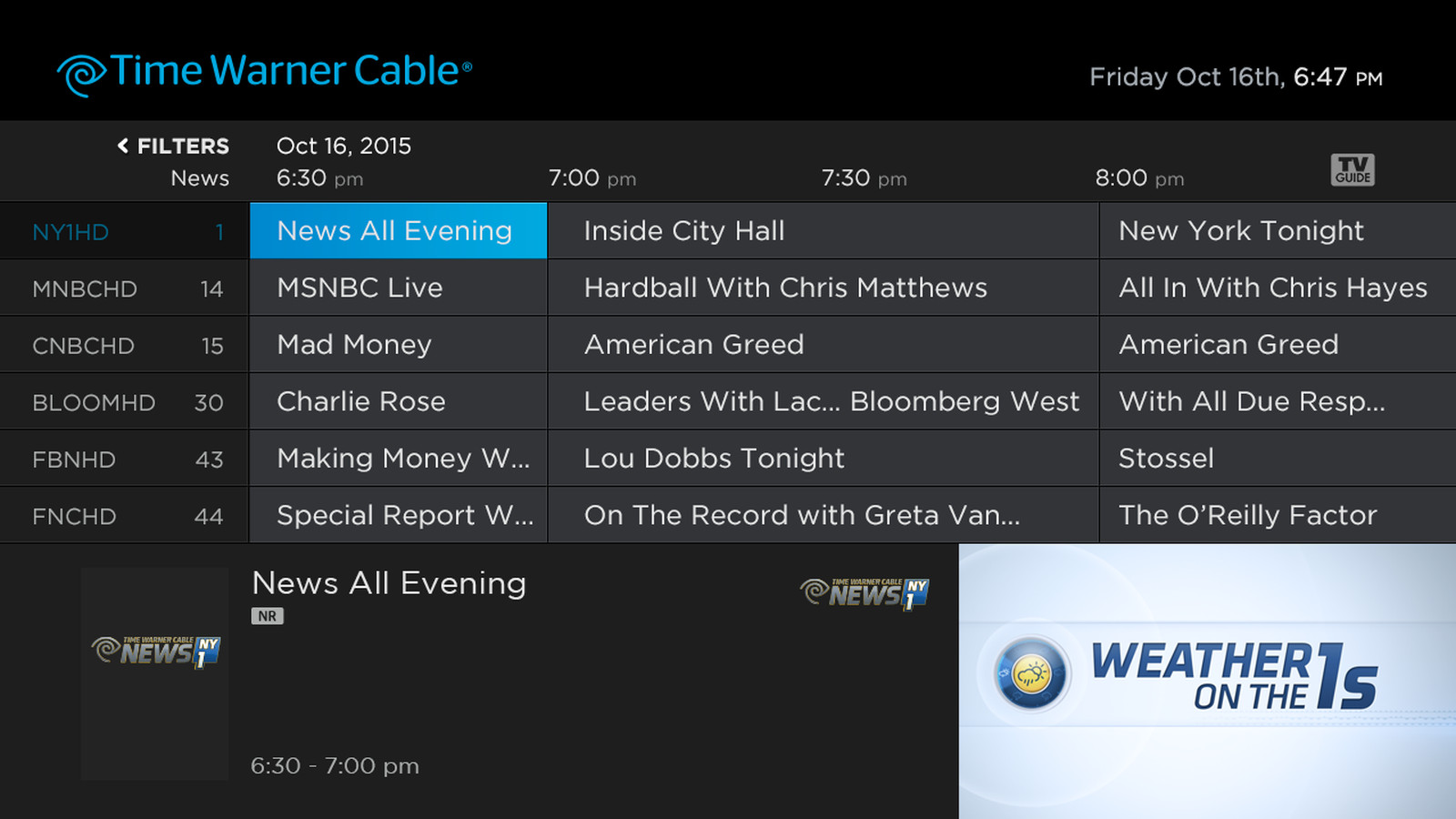

In November 2014, a US surveillance system for foodborne diseases (PulseNet) detected a cluster (i.e., a possible outbreak) of listeriosis cases based on similar-appearing Listeria monocytogenes isolates by pulsed-field gel electrophoresis of the isolates. Generating a Hypothesis in a Listeriosis Outbreak Linked to Caramel Apples Although not an ideal method, shotgun questionnaires can be used by multiple interviewers to obtain data about large numbers of patients ( Box 7.1). After generating hypotheses, investigators can create a questionnaire targeted to that investigation. Such questionnaires, which typically ask about hundreds of possible exposures, are best used on a limited number of patients as part of hypothesis-generating interviews. Consider administering a shotgun questionnaire.However, be aware that patients often associate their most recent food exposure (e.g., a meal) with illness, whereas the inciting exposure might have been long before. Patients can have helpful thoughts about the source of their illness. An analytic study was then conducted that included questions about these exposures it confirmed cookie dough as the source ( 3).

During open-ended interviews with five patients, the interviewer noted that most reported having eaten strawberries, a particular type of candy, and uncooked prepackaged cookie dough.

For example, in a 2009 Escherichia coli O157 outbreak, investigators were initially unable to find the source through general and targeted questionnaires. A key component of this technique is that one investigator ideally conducts, or at least participates in, as many interviews as possible (five or more) because reading notes from others’ interviews is no substitute for soliciting and hearing the information first-hand. The interview can end with a “shotgun” questionnaire (see activity 6) ( Box 7.1). It helps to begin with a semistructured list of questions designed to help the patient recall the events and exposures of every day during the incubation period. When a likely source is not quickly evident, conducting in-depth (often >1 hour), open-ended interviews with a subset of patients (usually 5 to 10) or their caregivers can be the best way to identify possible sources. Conduct a small number of in-depth, open-ended interviews.Be mindful that new sources frequently occur, given ever-changing social, behavioral, and commercial trends. Consult health department records, review the literature, and consult experts to learn about previous sources.



 0 kommentar(er)
0 kommentar(er)
